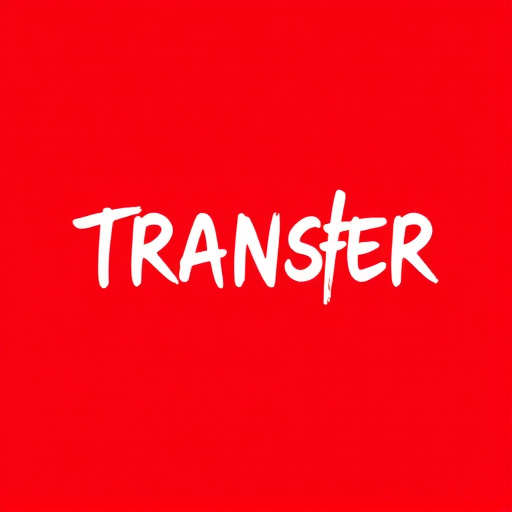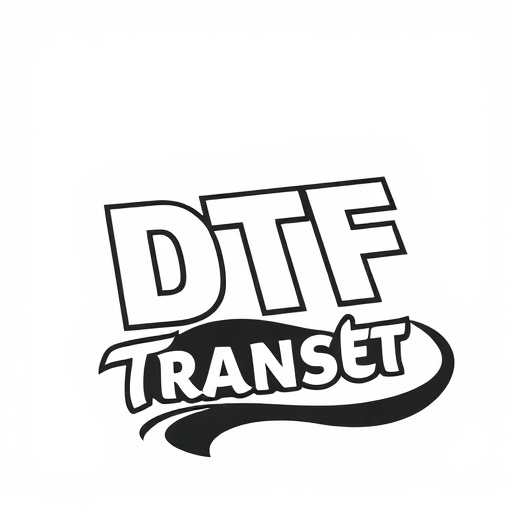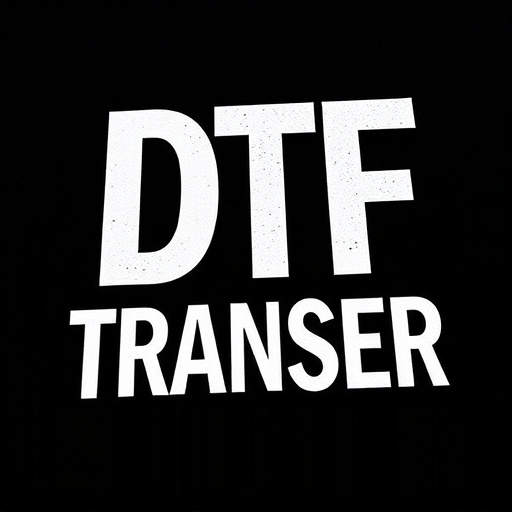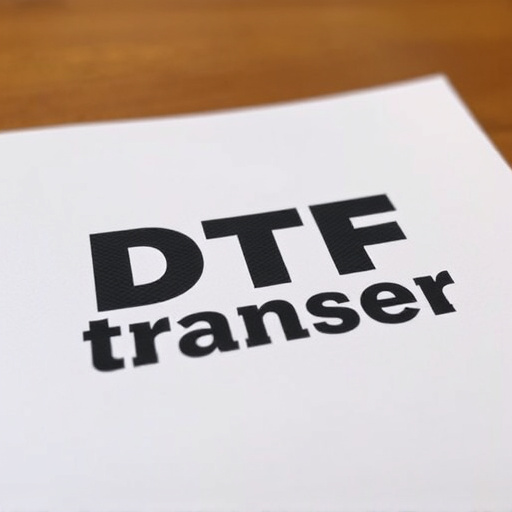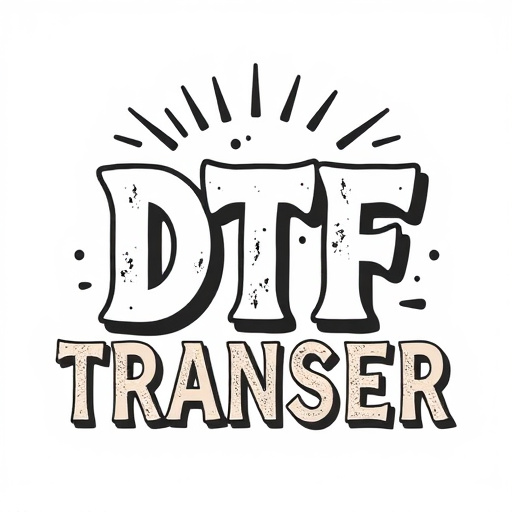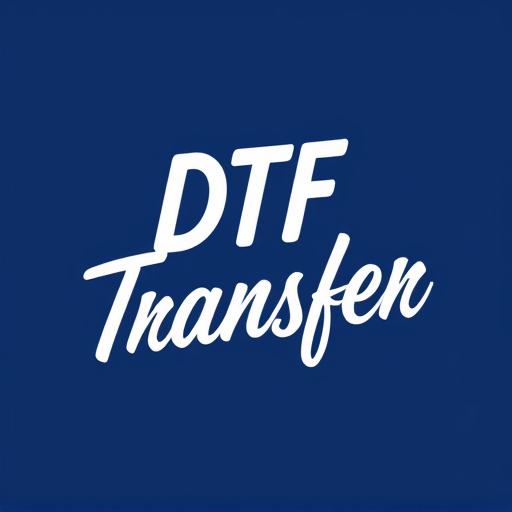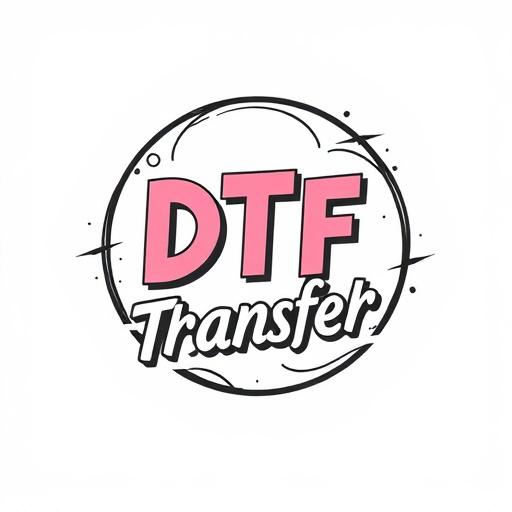DTF Transfer, a game-changing technology for media creation, enables swift direct printing on film surfaces, offering businesses and creators high-quality promotional materials and art prints. Delivery times are influenced by design complexity, order size, material availability, weather, shipping routes, and printer expertise. Customers have options with standard (5-7 business days) or express (1-3 business days) shipping. To optimize turnaround times, adopt digital solutions, streamline workflows, and maintain open communication with service providers. Successful case studies highlight DTF's potential in enhancing customer experiences and optimizing delivery for both e-commerce and film industries.
“In today’s fast-paced world, direct-to-film (DTF) products offer a convenient and efficient solution for businesses. This article delves into the intricacies of delivery options and timeframes for DTF transfers, providing a comprehensive guide for optimal distribution. From understanding the basics of DTF transfers to exploring shipping options and managing delays, we’ll equip you with insights to ensure seamless deliveries. Discover tips for enhancing turnaround times, real-world case studies, and expert strategies to navigate potential challenges, all centered around the efficient management of DTF products.”
- Understanding Direct-to-Film (DTF) Transfer: A Quick Overview
- Factors Influencing Delivery Time for DTF Products
- Standard vs Express Shipping Options: What's the Difference?
- Optimizing Turnaround Times: Tips for Efficient DTF Distribution
- Common Delays and How to Manage Them Effectively
- Case Studies: Real-World Examples of Successful DTF Deliveries
Understanding Direct-to-Film (DTF) Transfer: A Quick Overview

Direct-to-Film (DTF) Transfer is a cutting-edge technology that enables high-quality printing and reproduction directly onto various film surfaces. This innovative process has revolutionized the way we approach media creation, offering a swift alternative to traditional printing methods. With DTF, businesses and creators can swiftly produce visually stunning products, such as promotional materials, art prints, or even custom film rolls for photography enthusiasts.
The process involves specialized equipment that precisely applies ink onto the chosen film material, ensuring exceptional detail and color accuracy. This method is particularly advantageous for small-batch production runs, allowing for customization and timely delivery without compromising on aesthetics. DTF Transfer’s efficiency makes it a popular choice for those seeking rapid turnaround times while maintaining excellent print quality.
Factors Influencing Delivery Time for DTF Products

The delivery time for Direct-to-Film (DTF) products can be influenced by several key factors. One primary consideration is the complexity of the DTF transfer process itself. More intricate designs or specialized printing techniques may require additional time to ensure accuracy and quality, as these processes often involve multiple stages and precise handling of materials. The size of the order is another significant variable; larger batches typically take longer to fulfill due to the need for more extensive preparation and potential delays in material sourcing.
Furthermore, the availability of raw materials can impact delivery timelines. Certain DTF products may rely on specific types of film or inks that are subject to supply chain constraints or seasonal fluctuations. Weather conditions and transportation routes can also contribute to delays, especially for orders involving international shipping. Additionally, the expertise and capacity of the printing facility play a role; busier facilities might experience longer processing times, while specialized centers with advanced equipment can often expedite production without compromising quality.
Standard vs Express Shipping Options: What's the Difference?

When it comes to receiving your direct-to-film (DTF) products, understanding delivery options and timeframes is crucial. One key distinction to be aware of is the choice between standard and express shipping. Standard shipping, often the more cost-effective option, delivers packages within a specified number of business days, usually ranging from 5 to 7 days for domestic orders. This method is ideal for customers who don’t require their items immediately and are willing to wait a bit longer.
On the other hand, express shipping offers faster turnaround times, typically delivering packages within 1-3 business days, at an additional cost. This option is perfect for time-sensitive situations or those wanting to ensure they receive their DTF Transfer products as soon as possible. The choice between standard and express depends on individual needs and willingness to pay for expedited service.
Optimizing Turnaround Times: Tips for Efficient DTF Distribution

To optimize turnaround times for direct-to-film (DTF) products, consider implementing efficient distribution practices. Streamline your workflow by digitalizing processes like file transfer and communication. Utilize cloud-based platforms to facilitate fast and secure DTF transfers, reducing delays associated with traditional methods. Automate tasks wherever possible to minimize human error and speed up overall production.
Additionally, establish clear guidelines for deadlines and communicate them effectively to all stakeholders involved in the DTF distribution process. Regularly review and adjust turnaround times based on project complexity and resource availability. By fostering a culture of timely delivery, you can enhance client satisfaction and maintain competitive edge in the market.
Common Delays and How to Manage Them Effectively

Direct-to-film (DTF) products, while offering exciting opportunities, often come with inherent delays that can impact delivery timelines. Common reasons for these delays include production complexities, supply chain disruptions, and third-party service provider issues. For instance, a DTF transfer process may experience setbacks due to equipment maintenance, raw material availability, or postal service backlogs.
To manage these delays effectively, it’s crucial to maintain open lines of communication with your service providers. Regularly check in with them to understand potential bottlenecks and proactively seek updates on order status. Additionally, build flexibility into your project timeline by allocating buffer periods for unforeseen circumstances. This approach ensures that even if there are delays, you can adjust accordingly without compromising the overall project deadline.
Case Studies: Real-World Examples of Successful DTF Deliveries
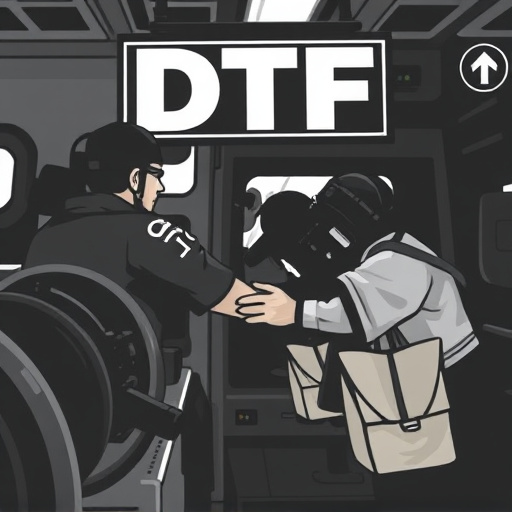
Direct-to-film (DTF) products have gained significant traction in recent years, and case studies illustrate the successful delivery of these innovative solutions. One notable example is a global e-commerce platform that offers custom-printed 3D figures directly to consumers. By employing advanced printing technologies and optimizing their supply chain, they achieve an average turnaround time of just 7 days from order placement to delivery, ensuring a swift and satisfying customer experience.
Another compelling case involves a small independent film studio that utilized DTF services for its latest animated feature. The studio partnered with a specialized print house to create limited-edition collectibles, such as figurines and art prints, inspired by the film’s characters. Through efficient inventory management and direct-to-consumer shipping, they managed to deliver orders within 10 business days, generating substantial revenue and fostering a dedicated fan base. These real-world examples highlight the potential of DTF transfers in enhancing customer engagement and streamlining delivery processes.





